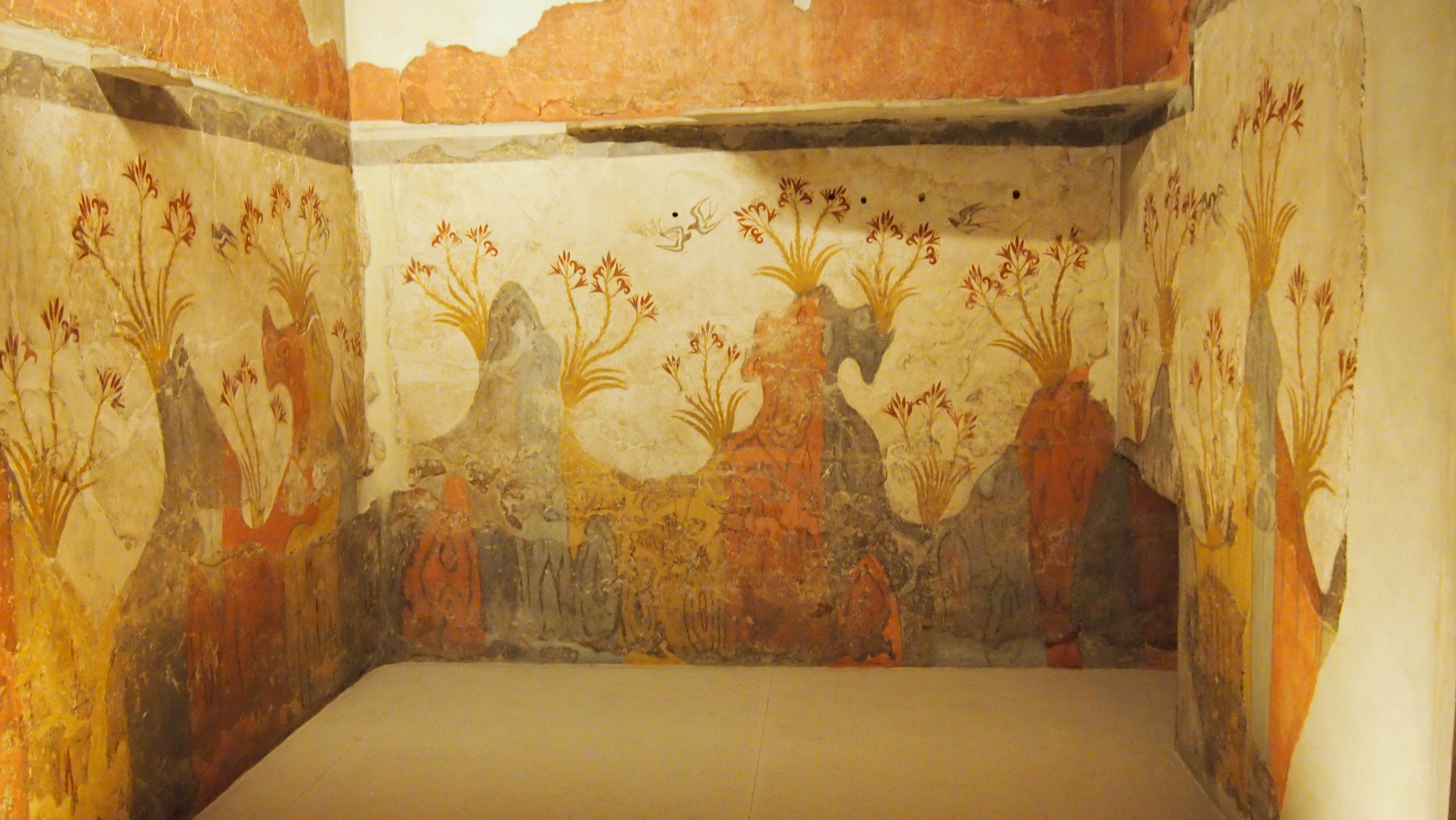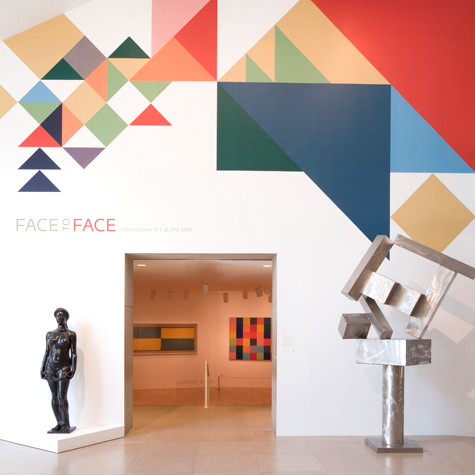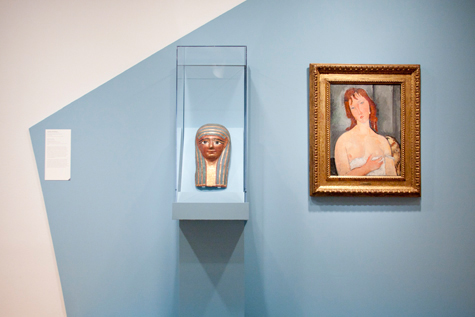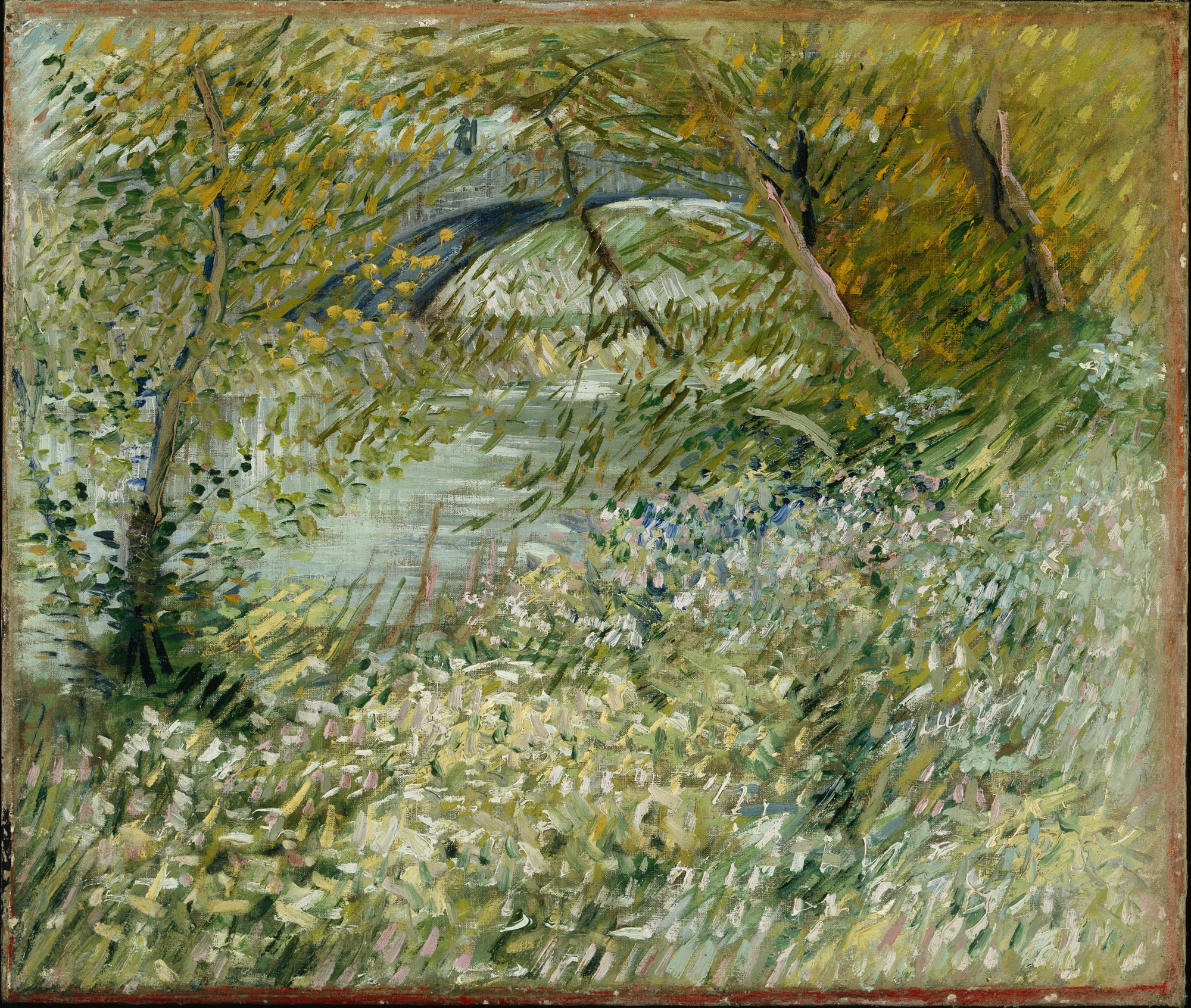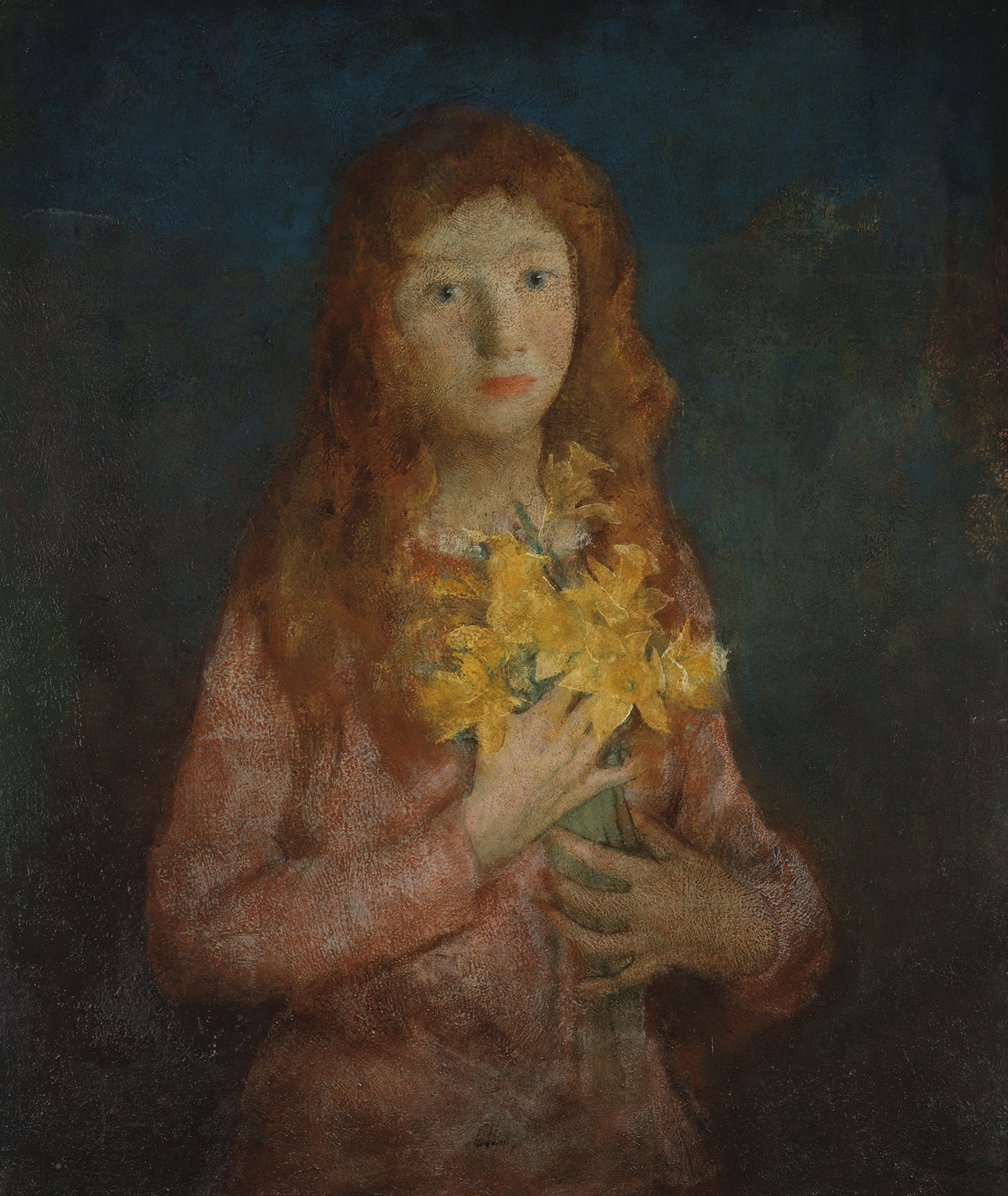One of my very favorite holiday traditions is all the delicious treats. Between stuffing, turkey, candy canes, and cookies, what’s not to love about the holidays? To inspire this season’s holiday feasting, you’ll find the tastiest food of our collection below.
[slideshow]
Happy holidays!
–
Hannah Burney
McDermott Intern for Teaching Programs and Partnerships
Images used:
Still Life with Landscape, Abraham Hendricksz van Beyeren, 1650s, oil on canvas, Dallas Museum of Art, The Karl and Esther Hoblitzelle Collection, gift of the Hoblitzelle Foundation
Brioche with Pears, Edouard Manet, 1876, oil on canvas, Dallas Museum of Art, lent by the Wendy and Emery Reves Foundation
Still Life: Bouquet and Compotier (Nature morte: bouquet et compotier), Henri Matisse, 1924, oil on canvas, Dallas Museum of Art, The Eugene and Margaret McDermott Art Fund, Inc., in honor of Dr. Bryan Williams
Stirrup-spout vessel depicting a clustered pepino fruit, Moche culture, c. A.D. 1-300, ceramic, Dallas Museum of Art, The Nora and John Wise Collection, gift of Mr. and Mrs. Jake L. Hamon, the Eugene McDermott Family, Mr. and Mrs. Algur H. Meadows and the Meadows Foundation, and Mr. and Mrs. John
Still Life with Spanish Peppers, Camille Pissarro, 1899, oil on canvas, Lent by the Pauline Allen Gill Foundation
Flowers and Grapes, Henri Fantin-Latour, 1875, oil on canvas, Dallas Museum of Art, gift of the Meadows Foundation Incorporated
Still Life with Apples, Pear, and Pomegranates, Gustave Courbet, 1871 or 1872, oil on canvas, Dallas Museum of Art, The Wendy and Emery Reves Collection
Still Life with Vase of Hawthorn, Bowl of Cherries, Japanese Bowl, and Cup and Saucer, Henry Fantin-Latour, 1872, oil on canvas, Dallas Museum of Art, Foundation for the Arts Collection, Mrs. John B. O’Hara Fund and gift of Mrs. Bruno Graf by exchange
Munich Still Life, William Michael Harnett, 1882, oil on canvas, Dallas Museum of Art, Dallas Art Association Purchase
Nature or Abundance, Leon Frederic, 1897, oil on canvas, Dallas Museum of Art, Foundation for the Arts Collection, Mrs. John B. O’Hara Fund

![IMG_0449[1]](https://blog.dma.org/wp-content/uploads/2013/02/img_04491.jpg?w=600)
![IMG_0450[1]](https://blog.dma.org/wp-content/uploads/2013/02/img_04501.jpg?w=600)
![IMG_0451[1]](https://blog.dma.org/wp-content/uploads/2013/02/img_04511.jpg?w=600)
![IMG_0453[1]](https://blog.dma.org/wp-content/uploads/2013/02/img_04531.jpg?w=600)
![IMG_0455[1]](https://blog.dma.org/wp-content/uploads/2013/02/img_04551.jpg?w=600)
![IMG_0458[1]](https://blog.dma.org/wp-content/uploads/2013/02/img_04581.jpg?w=600)
![IMG_0459[1]](https://blog.dma.org/wp-content/uploads/2013/02/img_04591.jpg?w=600)
![IMG_0460[1]](https://blog.dma.org/wp-content/uploads/2013/02/img_04601.jpg?w=450)
























